Find out about The Open University's Sociology courses
Migration is a key political issue, consistently rated by the public as one of the most important issues facing the UK. Most debate on migration focusses on national policy decisions in relation to how many people should be allowed into the UK and the role of the Home Office in controlling the border and, recently, in terms of the so-called ‘hostile’ or compliant environment and its impact on communities including the Windrush generation and beyond. However, many of the effects of migration are felt most strongly at the local level, both in terms of the potential to improve integration and inclusion in our towns and cities and the role of communities in making (and in some cases un-making) our sense of place and the ways in which this is changing and evolving.
Cities are a focal point for migration, they are the places which have the highest rates of migration and also seem to have the strongest capacity to manage this change. However, UK cities have not traditionally had a strong voice in migration debates and migration has not always figured strongly in discussions around how to shape the future of communities. This reflects the narrowness of the migration debate, which often reinforces polarisation and oversimplification.
Incorporating a wider range of voices and perspectives, from the arts, history and storytelling could support us to better understand the way that migration shapes and makes our communities and places. That is why in a research project on ‘Migration Making Places, Making People: New Narratives of Inclusion’ together with the University of Oxford, we have worked with the Migration Museum Project and Counterpoints Arts, through to civil society and local government in order to explore these issues. In doing this we can perhaps forge new ways of understanding the complex ways in which our cities are developing and the stories of identity and belonging which this creates.
This OpenLearn resource examines the ways in which we talk about migration and how we might use these to shape a city wide identity of inclusion, the potential role of the hostile environment in ‘un-making’ communities and how community led solidarity movements are building inclusive practices from the ground up.
In the video below, Jacqui Broadhead from the University of Oxford and COMPAS, and Umut Erel, Sociologist at the Open University reflect on how migration affects belonging to a place and community.
Overview
In this article, you will explore the role cities play in integrating migrants, as well as how we talk about migration can influence our views of migration. Then, we interrogate the role of arts organisations and local councils in creating an inclusive narrative of migration. However, we also look at how policies such as the hostile environment policy can contribute to ‘unmaking’ communities and finally reflect on solidarities between migrants and non-migrants.
How talking about migration shapes cities and communities
Migration remains a hot political topic, where discussion is often polarised around extreme positions on either side. The British Social Attitudes Survey (2016) has found that whilst overall the UK has become more positive in its views towards migration, this hides the fact that opinion is also starkly divided. This feeds into the common recent assertion that rather than left or right, the new divide in our politics is divided between ‘open’ versus ‘closed.’
However, whilst divisions in opinion are clearly evident, recent research to segment public opinion points to a more nuanced picture, where between the two extreme polarised opinion, there may be an ‘anxious middle’ who make up roughly half of the population. Research by IMIX in the UK and More in Common in Europe has reinforced this view, with More in Common identifying that, ‘a large middle segment is largely ambivalent, less ideological, less politically engaged, and has views shaped largely by emotions based on personal values.’
In the video below, Emma Harrison of IMIX and Jill Rutter of British Future explain how important it is to understand the audiences in order to communicate effectively about issues of migration. Research by IMIX and British Future shows that, while the migration debates appear polarised, there is in fact a large group of people who position themselves in the middle.
The National Conversation on Immigration found that these people in the middle are ‘balancers’ who see both positives and negatives from migration. Most people found pressures on public services as more important than pressures on jobs or wages as a negative. Crucially, most people view migration primarily through its impact on the place that they live and whilst there is very low trust in the role of government in managing migration, the role of contact between communities was seen as very important. Workplaces and schools are seen as places where integration works best currently.
Building new narratives of inclusion
One way in which cities might shape the debate on migration is to better link the way migration is talked about to the reality of the balanced view of migration that this work illustrates and how this impacts the city and its identity. Research is exploring how the narratives we tell about the places we live in shape the way we feel about them. These narratives tap into our core values and gut instincts. The way we talk about an issue shapes how we feel about it.
The US NGO Welcoming America has identified a number of themes (in the US context) which might influence the way we think about migration in a way which is pragmatic and focusses on both economic benefits and values:
| Message | Key lines |
| Stronger Together | “Our community's success depends on making sure everyone who is a part of it-including immigrants-feelswelcome here.” |
| Innovation | “Immigrants are innovators: entrepreneurs and small-business owners whose contributions are helping us grow our local economy…[they] bring new ideas and a willingness to work hard to see them succeed.” |
| Vibrant Communities | “Immigrants are a vital part of our community - they bring fresh perspective and new ideas, start businesses and contribute to the vibrant diversity that we all value.” |
| Twenty First Century Economy | “Competing in a twenty-first century economy will require taking full advantage of our most important resource - our people. Communities across the country and around the world are in a race…to attract the human capital that will allow them to thrive in a global economy. Becoming a more welcoming place for immigrants gives us a leg up in that competition and helps us retain talented people of all backgrounds.” |
| Shared Values | “Our community was built by immigrants - hard-working people, our parents and grandparents, who believed in the American Dream. We should welcome those who are following in their footsteps and doing their part to create a thriving community. From those who cook the food that we eat to those who create innovative businesses, new immigrants realize the value of working hard and doing your part to help build a stronger community.” |
| Friendliness | “Our community has always been a welcoming community. We don’t care where you came from or what you look like, we care about what kind of person you are. We want people to know that our community is always willing to extend a hand in friendship to those who want to be a part of it.” |
These narrative ‘frames’ appeal to different instincts and may appeal to different groups, but importantly they all maintain a link to core values of inclusiveness.
In the video below, Ellie Mae O’Hagan and Bec Sanderson discuss a range of techniques for creating and changing narratives of inclusion. NEON focuses on how the stories we tell about challenging topics can affect how we understand these issues. They emphasise the role of metaphors (and how the development of alternative metaphors) can make complex issues more easily comprehensible.
Putting these stories into practice
The Migration Museum aims to reflect this plurality of messages in its mission to tell ‘all our stories.’ Working with its network of museums around the country highlighted a number of examples of organisations working to craft messages which tell the history of migration in a way which helps shape the view of it in the present and future, such as:
- Cardiff Story Museum - a museum all about Cardiff exploring the story of Cardiff through people and their personal stories and histories.
- Journeys to Oxford - a community exhibition celebrating the vibrant contributions made to the cultural life of Oxford by those who have travelled to the city to live, work, visit and study.
- National Museums Liverpool - a re-examination of Liverpool’s port history, from its emigration history, to its role of the ‘Ellis Island of the UK’, role in the slave trade.
- Arrivals Sheffield - photographer Jeremy Abraham’s project documenting and celebrating the diversity of Sheffield’s population. It builds a picture of how that diversity was created by photographing people who arrived in Sheffield from another country between 1945 and 2016. Each person chose where in Sheffield they would like their picture to be taken and the project is a portrait of the city, of the pattern of migration and of 72 individuals.
These stories build on research by the Centre of Migration, Policy and Society at the University of Oxford who have identified some key principles to aid our understanding of integration and inclusion. Spencer and Charseley’s 2016 model of integration demonstrates that integration is a mutual, two-way process that is concerned both with newcomers and receiving or host communities. Integration takes places across society (not only through public services) and requires everyone in society to be involved and to take shared responsibility.
In the video below, Jacqui Broadhead Senior Researcher at the University of Oxford and COMPAS, and Emily Miller, Head of Learning and Partnerships at the Migration Museum focus on the role of local government. They ask what kind of narratives we can develop that are less polarised. What role does communication strategy play in constructing an inclusive narrative of migration? Who are the different people, organisations and sectors who contribute to the debate on migration and what can they learn from each other?
Whilst integration can be influenced by external factors, including national government policy, it happens mostly at the local level and so local government and communities can have a major role in shaping how integration is both perceived and happens. In the video below, Jill Summers from Liverpool City Council and Sian Sanders from Cardiff City Council argue that local government can be a broker or mediator between big national narratives and local embeddedness. It is about creating inclusive narratives of migration at a city level and also the challenges local government face in their task. They ask what lessons can be learned through collaboration with other stakeholders.
These findings are currently being translated into policy through the Inclusive Cities programme, a knowledge exchange programme working with six UK cities to develop a step change to their approach to integration and inclusion at the local level.
Un-making communities through ‘hostile environment’ policy
So far, this OpenLearn resource has looked at how migration can generate new connections among people and places. However, we are also experiencing hostile views and approaches towards migration. In this section, we explore different ways in which the communities created by migrants are currently being challenged.
In particular, we look at how the policy context of the ‘hostile environment’ has affected the communities in a range of settings and situations (Liberty 2018). The term ‘hostile environment’ was coined by Theresa May in 2012, when she was Home Secretary. She argued that “The aim is to create here in Britain a really hostile environment for illegal migration”, in order to make life so unbearable, that undocumented migrants would leave the UK of their own volition.
An important part of this policy was to control people’s immigration status not only at the borders, but in a range of everyday situations. Thus, people are required to prove that they are lawfully in the UK in situations such as registering with a GP, renting a flat, applying for employment, and even when sending their children to school. In this way, everyday interactions between people have become occasions for ‘everyday bordering’ (Yuval-Davis et al 2018): people don’t relate to each other anymore as members of the same community, but instead called upon to become either border guard or suspect of being an undocumented migrant.
The hostile environment policy has come under public criticism in the wake of the scandal surrounding the Windrush Generation of British citizens and migrants from the Caribbean who had been living and working legally in the UK for decades, but because they did not have the paperwork to prove this, were regarded as undocumented migrants and were wrongly told they had no right to work in the UK or access services here. While some were wrongly deported, others were threatened with deportation, or even detained in immigration detention centres. As a consequence of this scandal, the Home Secretary Amber Rudd resigned and the new Home Secretary Sajid Javid rejected the term ‘hostile’ and instead suggested the policy should be seen as the ‘compliant environment’ policy, yet there has been debate about the extent to which the re-naming of the policy is likely to change the actual application of everyday bordering.
At the Who are We? series of arts, academic and activist events in May 2018, we held a symposium interrogating and challenging the hostile environment. Here you will see some videos where we interviewed academics and activists on how these policies actively undo communities and make life impossible for migrants, refugees and asylum seekers, while also affecting the sense of community and belonging of those who are not themselves migrants.
In the video below, Dr Victoria Canning, Lecturer in Criminology at the Open University and Dr Monish Bhatia, Lecturer in Criminology at Birkbeck University discuss the harmful impact of the cutting of legal aid, immigration detention and the dispersal of asylum seekers on the lives of migrants, refugees and asylum. They highlight the gendered harms and impact of hate and argue that the policy of dispersal, by un-making communities and leaving asylum seekers with no choice as to where to live, also puts individuals into potentially dangerous situations.
Abi Brunswick, director of Project 17 and Dr Rachel Humphris, Lecturer in the School of Social Policy, Birmingham reflects how the hostile environment policies are making the lives of irregular migrants unliveable. Abi talks about the denial of social support to a large number of migrant families through the No Recourse to Public Funds policy. Rachel discusses how the hostile environment policy turns these everyday interactions, even in places where migrant mothers and children seek intimate support, such as maternity wards in hospitals, into border controls. Such encounters ‘un-make’ feelings of belonging and community, creating instead a feeling of citizen on citizen migration checks on both sides.
Dr Jessica Potter, of Docs Not Cops and Professor Nira Yuval-Davis, Professor Emeritus, Honorary Director of the Research Centre on Migration, University of East London reflect on how everyday bordering is overtaking multiculturalism as a policy that created a sense of belonging in diversity. Nira argues that bordering practices have moved from the margins of society into the heart of society, affecting not only migrants but everybody by ‘un-making’ feelings and practices of belonging.
Jessica explains that the 70th anniversary of the NHS in 2018 opens a debate about its purpose and mission. More and more people are required to pay for the service because of their migration status. This affects day-to-day experiences and access to essential healthcare. Divisions among patients and staff are being created in an environment of suspicion. While the NHS is one of the important institutions in the UK that generate a feeling of belonging, community and solidarity, according a special status to migrants pitches the principle of universal healthcare against the principle of healthcare for those who deserve it, for being recognised members of the community.
Re-making and imagining Communities
Within such a hostile environment, what are the possibilities for maintaining communities across boundaries of who is a migrant and who is not? One answer could be to build ‘communities of resistance’ (Sivanandan 1990). Such communities of resistance are concerned with social change and are committed ‘mutuality, accountability, recognition of common interests as the basis for relationships among diverse communities’ (Mohanty, 2003: 7). Solidarity, then, is both a motivation for social action and ‘the hoped-for outcome of this form of action’ (Bassel and Emejulu 2014:133). Solidarity means building communities of action across differences, including those of migrant and non-migrants (cf. Binnie and Klesse 2012).
In the video below, Jess Potter and Rachel Humphris reflect on activism that resists internal borders. Jess gives an example of the campaign work of Docs not Cops, who protested against NHS charges for migrants by constructing a ‘border’ outside the Home Office. She also talks about the work of MedAct and their Refugee Solidarity network in raising awareness. Another example she gives is that of Doctors of the World had some success in blocking data sharing between NHS and Border control. Jess thinks that healthcare should never be a site of border control. While there are activist networks documenting and resisting internal border controls, Rachel argues that there are also invisible effects of the hostile environment policy. Academic work can contribute to finding new solidarities.
Abi Brunswick and Nira Yuval-Davis discuss possibilities and limitations of solidarity movements. Abi argues that when challenging the No Recourse to Public Funds policy, change is slow, in particular as local government is under a lot of financial pressure as well. She feels that there are too few moments of solidarity, yet it is important for people affected to have the opportunity to share their experiences and have their voices heard. It is also important to recognise that individual victims are not portrayed as being affected by random circumstance but disadvantaged because of a system of policies. Nira reflects on the possibilities of creative work for challenging isolation and building communities of resistance. She was involved in courses for creative writing and finds that this can help create more coherent and liveable lives by communicating life stories.
Finally, in the video below, Victoria Canning suggests that there are more and more solidarity movements and also everyday practices of solidarity of making sure friends and neighbours are doing well; solidarity is about looking out for each other. However, there are challenges such as lack of financial resources. The work of solidarity groups is therefore ongoing.
In this OpenLearn resource, we have raised the question of how migration changes the places we live in and the communities of people with whom we live. We looked at the ways in which migration can change the everyday sense of belonging and how local authorities, voluntary sector and local communities can work together to create an inclusive narrative. We also looked at how communities and a sense of belonging to a place can be challenged by policies such as the hostile environment, aiming to make life more difficult for undocumented migrants. These policies, we have argued end up challenging a sense of social cohesion by dispersing asylum seekers to places where they might be at risk of hate crime, by uprooting them from their communities through detention, as well as engendering feelings of unbelonging through border checks in everyday situations such as at work, when renting a flat or sending their children to school. On the other hand, these policies also have a detrimental effect on community for those who are not migrants. While they can affect black and ethnic minority citizens in particular by casting doubt on their belonging and requiring them to prove they are not indeed migrant newcomers, they also affect other citizens by requiring everyone to take part in everyday bordering practices, checking the migration status of people who register with the GP or enroll their children in school. Yet, there are also oppositional communities of resistance who build solidarities across the boundary of migrant and non-migrant.
This publication arises from activities funded by the University of Oxford’s ESRC Impact Acceleration Account.
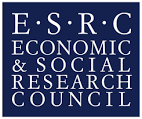
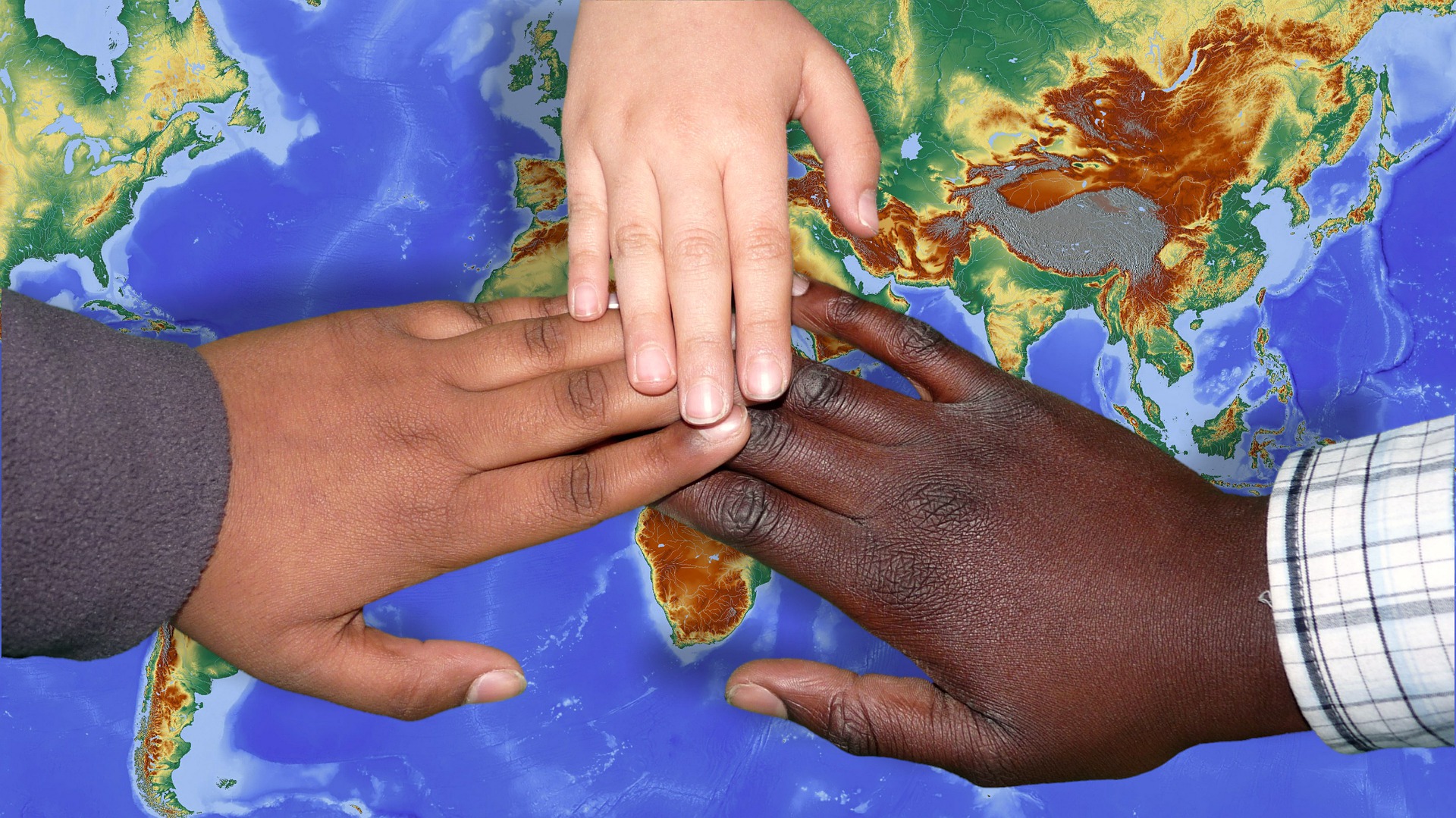
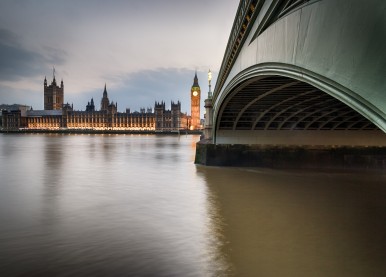
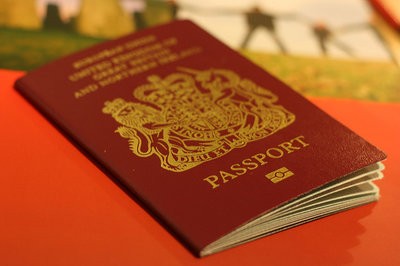



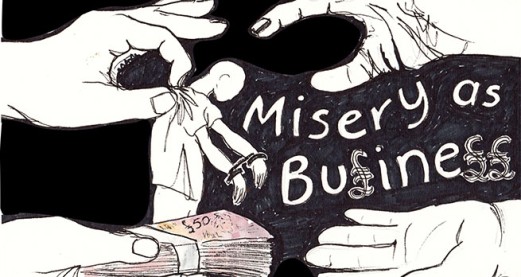



Rate and Review
Rate this article
Review this article
Log into OpenLearn to leave reviews and join in the conversation.
Article reviews